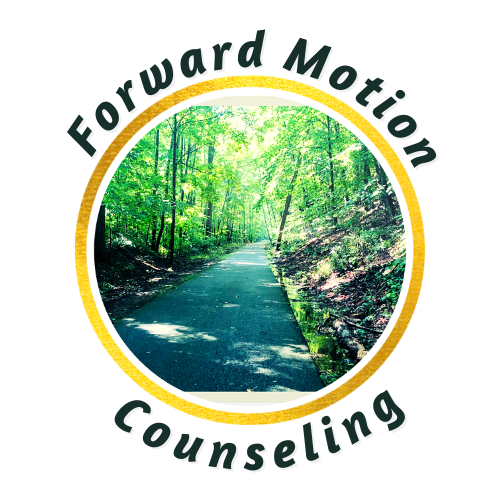
Walk and/or run with a licensed therapist.
Walk/Run Therapy
“The greatest mistake in the treatment of diseases is that there are physicians for the body and physicians for the soul, although the two cannot be separated.” –Plato (cited in Running Is My Therapy by Scott Douglas, page 21)
Did you know that exercise like walking or running is considered a “first-line defense” prior to prescribing medications when treating mild to moderate depression and anxiety in countries outside of the U.S., such as the UK, Canada, and the Netherlands? This is because there is value in the extensive studies that show that aerobic exercise, such as brisk walking and running, can improve depression and anxiety symptoms, in addition to other benefits. This does not mean that medication to treat mental health symptoms are unneccessary and some people need medication and exercise; however, these studies do illustrate that aerobic exercise can be just as effective as antidepressants and that some medical providers will suggest a non-pharmacological approach first. This approach can mitigate potential side effects of medication and provide other advantages for well-being.
It is also important to note that although we are still learning how bilateral stimulation (using both hemispheres of the brain) works; there is a large body of research that indicates that bilateral stimulation can help us process memories and possibly reshape them in our mind’s eye. Walking and running are forms of bilateral stimulation.
Movement in nature and therapy are a natural pair when we consider how both movement and nature impact our mind and body. When we blend movement with talk therapy, we can learn how to use movement to improve our mental, emotional, physical, and spiritual health.
-
Walk/run therapy is an integrative, non-traditional type of therapy that blends talking, mindfulness, nature, and movement. It is both a treatment modality and an intervention. It can include sitting, walking, and/or running, with a focus on being present in various stages of movement.
Both you and your therapist are side by side throughout the process. You would discuss and agree on the pace for walking and/or running, and it is always directed by you. Walk/run therapy removes the barrier of sitting across from each other, which can sometimes be uncomfortable for clients. It also supports a strong partnership between you and your therapist as you are literally and figuratively moving forward together.
Walk/run therapy can be utilized no matter your running ability, weight, or size and we utilize a Health At Every Size (HAES) ® approach. Intuitive eating concepts can be blended with this therapy when appropriate, meaning we would work together to heal your relationship with food if this is a struggle for you.
The goal of walk/run therapy is for you to learn healthy coping and emotion regulation skills, improve self-efficacy and self-esteem, and improve body awareness and appreciation.
Walk/run therapy is not a work out, an exercise plan, or weight loss program.
-
There are many benefits of brisk walking/running that have been illustrated in studies:
Decreases depression and anxiety symptoms by releasing neurotransmitters in the brain, ultimately having the same effect as antidepressants.
Reduces inflammation in the brain and serves as a protective factor for cognitive decline—reducing long-term risk of developing Alzheimer’s disease, stroke, and cardiovascular disease.
Opens the mind to a meditative and reflective state, an ample time to connect with your surroundings, as well as process memories and emotions.
Improves creativity among those who exercise compared to those who are sedentary.
Improves memory/cognition among those who exercise compared to those who are sedentary, which can improve functioning in daily tasks.
Improves self-efficacy, which refers to believing in your ability to execute behaviors necessary to achieve your goals. Accomplishing a walk or run helps us believe that we can accomplish other life tasks and improves our confidence in ourselves.
*More information about these studies can be found on the Resources page.
-
Walk/run therapy can be utilized if you are new to walking or running, as well if you are an experienced walker/runner. If you enjoy getting outdoors, want to learn more about walking or running, and like the idea of using movement to improve your wellness with a therapist, this can be a good fit for you.
Walk/run therapy is not appropriate if you have been diagnosed with an eating disorder or if you are solely focused on weight loss. We would be happy to refer you to more appropriate services if this applies to you. We will work together to determine the most appropriate type of treatment.
The process
-

Getting started
We will do a comprehensive intake online to help determine if walk/run therapy is appropriate for you.
We will develop an individualized treatment plan, which will include your specific goals, how often we will meet, and how to best utilize movement that brings you joy and comfort.
-

Meeting in person
We will pick a spot that works best for both of us. Meet ups usually take place on the Putnam Trailway; however, alternative locations may be accomodated and may need to be considered during winter months. Sessions are 45 minutes and include a warm up and cool down.
Teletherapy sessions can be used during inclement weather, due to illness, or any other reason that may interfere with meeting in person.

